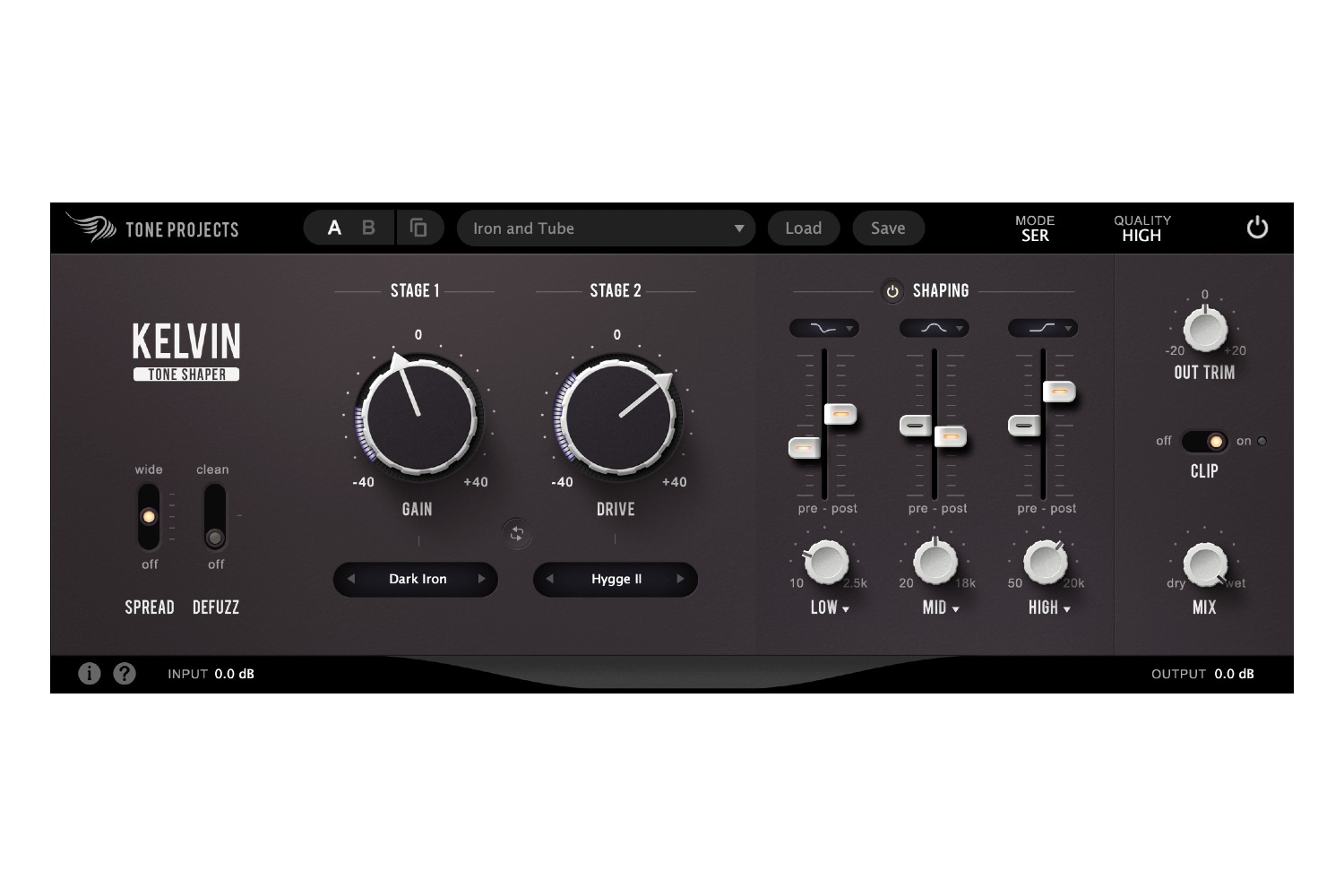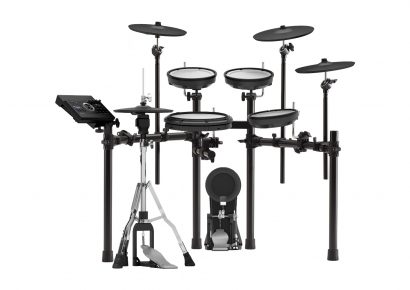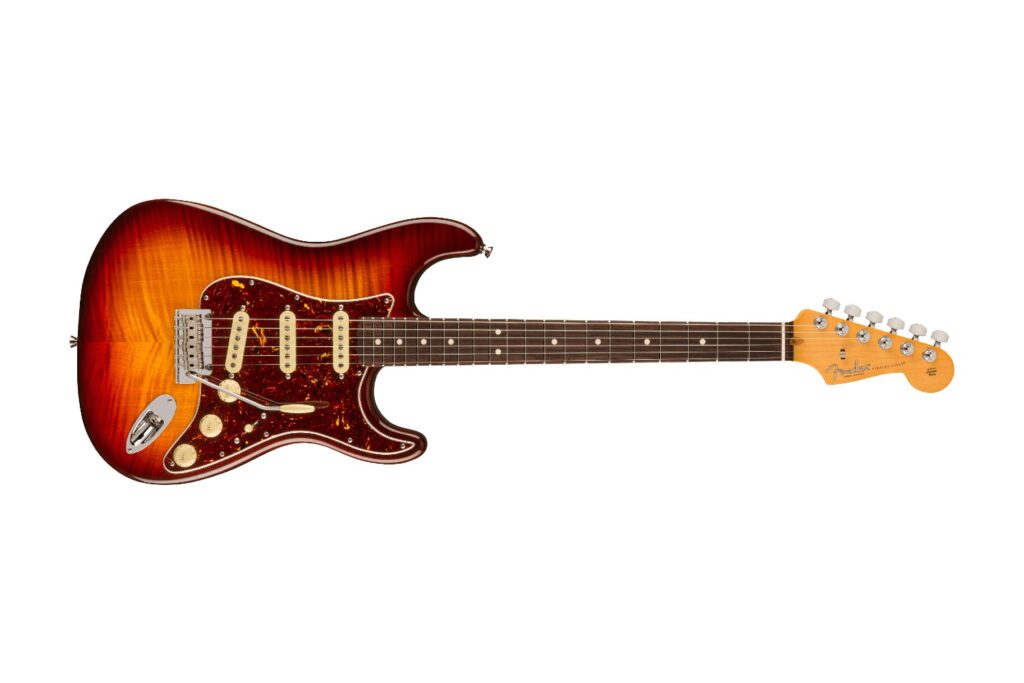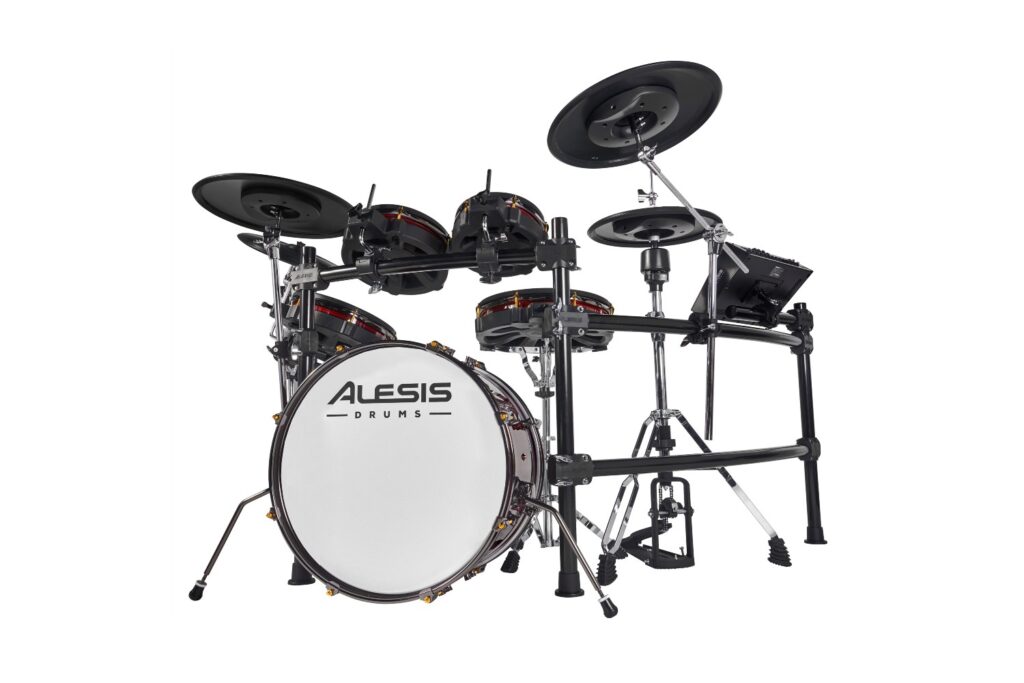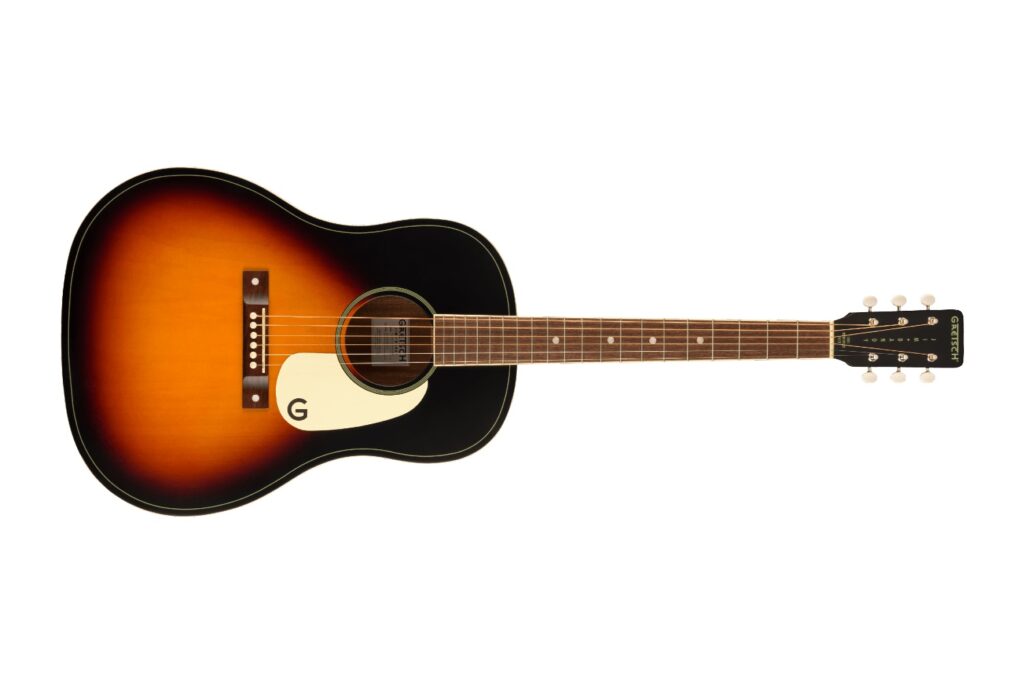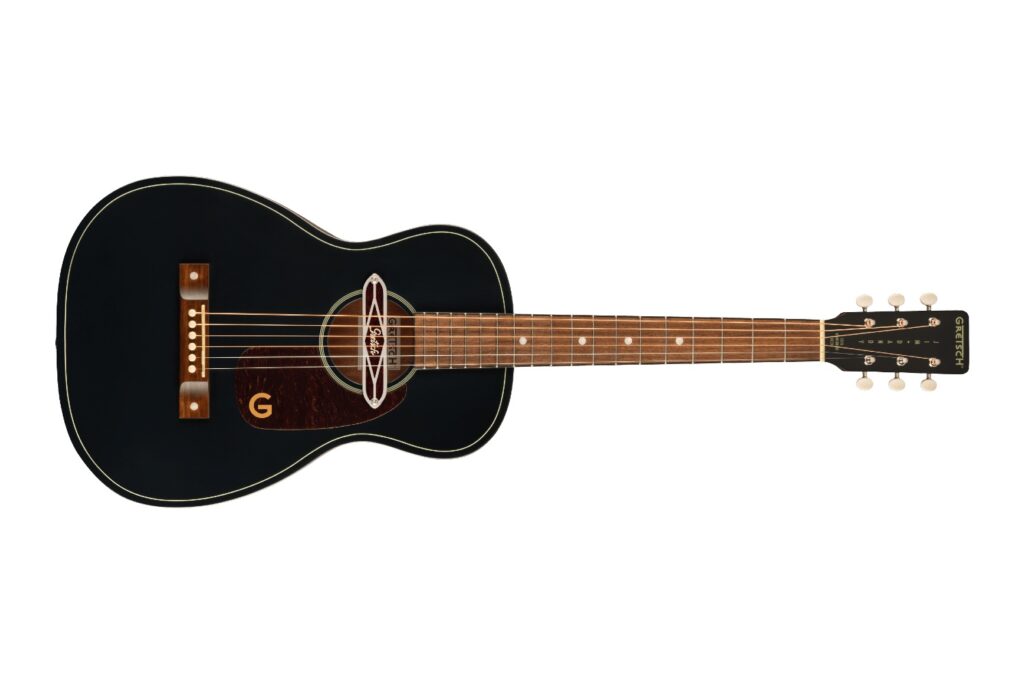Tone Projects | Enquire for pricing
So, there’s a new saturation plugin on the market. Now before the proverbial eye rolls start, hear me out for a second. I know, in today’s world of plugins it’s almost laughable the senseless amount of options we have at our disposal in DAW land. Be that as it may, I must admit when I heard of the Tone Projects Kelvin Tone Shaper, my interest was indeed piqued – despite an already belligerent plugin folder.
Read more product reviews here.
Tone Projects (previously OtiumFX) market themselves as a boutique audio plugin developer based in Copenhagen, Denmark. Their mastermind is Rune Lund-Hermansen, who develops all their products, often in close collaboration with various engineers, producers and of course, DSP specialists. And the story checks out, as upon install and first opening up of the Kelvin Tone Shaper in a session, it’s abundantly clear these cats mean business.
Not just another saturator
As the name suggests, Kelvin is indeed a Tone Shaper – with an interactive dual stage saturation section and a rather sophisticated EQ or “shaping” section; but that’s just where the fun starts. Both of these sections rather cleverly interact with each other, but more on that shortly.
Kelvin has many of the usual features you’d expect from a plugin released in 2021. Input and output controls, yep. A mix knob, absolutely! A four-position switch called spread, sure, why not. Going through each part of this plugin (a handy “tool tips” button if more info is required), it became immediately obvious just how much attention to detail had been put into this plugin. It’s certainly not over populated with switches and knobs, but seemingly just the right amount. Not trying to do too much, nor too little.
There are several modes in which Kelvin can operate. Series, parallel, and m/s (mid-side). Depending on which mode of operation is chosen dictates how the Stage 1 and Stage 2 parts of the saturation stage can interact with each other. There’s also varying levels of quality the plugin can perform at in real time too, ranging from low latency through to pristine, as well as the option to offline render in pristine quality.
I mentioned the spread function earlier, and this is worth going into more detail. This, depending where set, introduces slight variations of harmonics between the left and right (but also can be used on mono sources). This can indeed range from very subtle to more obvious or “creative” amounts depending where it is set and in what mode is being used. The defuzz three-position switch is also rather interesting as it affects the amount of harmonic artefacts in the mid and high frequency bands. Really worth a tweak and play with, especially when driving or saturating in more extreme settings.
Now let’s talk about saturation for a sec. The two stages called gain and drive cleverly interact with each other. Opening up with a menu of available saturation types there’s a wealth of options to choose from ranging from clean (bypassed, not as exciting), pure second or third order harmonics, through to numerous tube-based saturation types or transformer-based circuits. The variety of flavours available here is pretty amazing, and even just having one stage with this many options would be worth the price of admission. But having two stages to work with and given how they network with each other is pretty fresh and inspiring; not to mention they sound great!
Tone shaping for days
The EQ or “shaping” section of Kelvin is, despite its rather unassuming façade, pretty darn powerful, and the way in which it interplays with the saturation stages makes it even more noteworthy.
Each of the three available bands have pre and post sliders. These in essence shape source material either pre or post saturation stage. The pre-slider focuses the way in which that specific band is effected or saturated, without changing the frequency response (when the post slider is left at unity), which is pretty neat as some rather interesting shapes and characteristics can be brought out in the source material.
There’s a wealth of filter shapes available on each band, with a variety of shelf shapes (low and high), bell curves (wide and Hi-Q), as well as EQP shapes for the respective low and high bands (being, you guessed it, Pultec inspired), and low and high pass filters for the low and high bands, which can be set pre or post. The frequency band width of each band is pretty broad with plenty of crossover between each band, ranging from 10Hz to 20kHz between them all. A little drop down menu at the bottom of each band can dictate whether each band interacts with either Stage 1, Stage 2, or both, and these can be independently selected per EQ band.
Obviously the shaping section is designed for just that – tonal shaping – and it isn’t surgical, and nor should it be. There really is some pretty clever wizardry going on under the hood here. Between the pre and post sliders, how they interface with the saturation stages, controlling how a sound source is saturated, but also some overall EQ shaping in the post stage can help give things an overall lift and really encourages creative ideas to flow.
Certainly not a one trick pony, Kelvin also isn’t trying to bite off more than it can chew.
This tone shaping plugin has been very cleverly executed with inspiring sections that interact beautifully together. This really is as versatile as I’d hoped, being that it’s equally suited being inserted on a snare drum, kick, or vocal, as it is on a buss or over the master.
If the fun is in the detail or you just want to get things nice and crunchy, Kelvin is equally likely to find its way onto numerous parts of your next session.
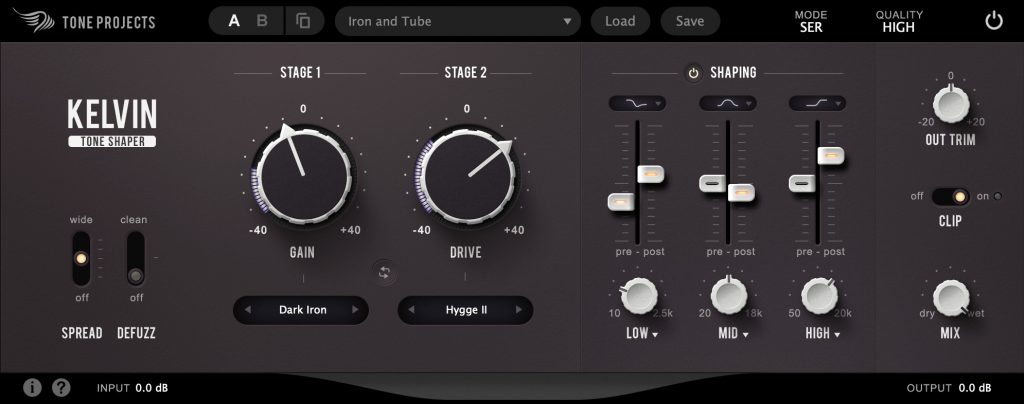
Head to Tone Projects for more information.
